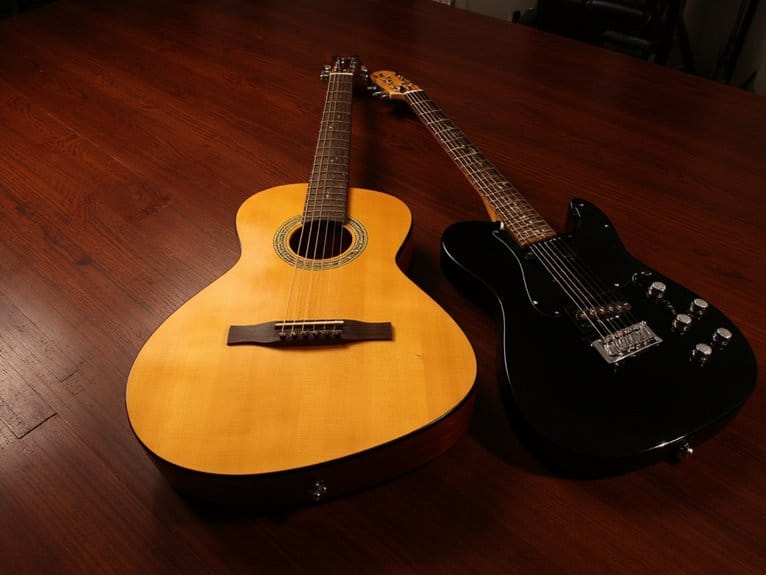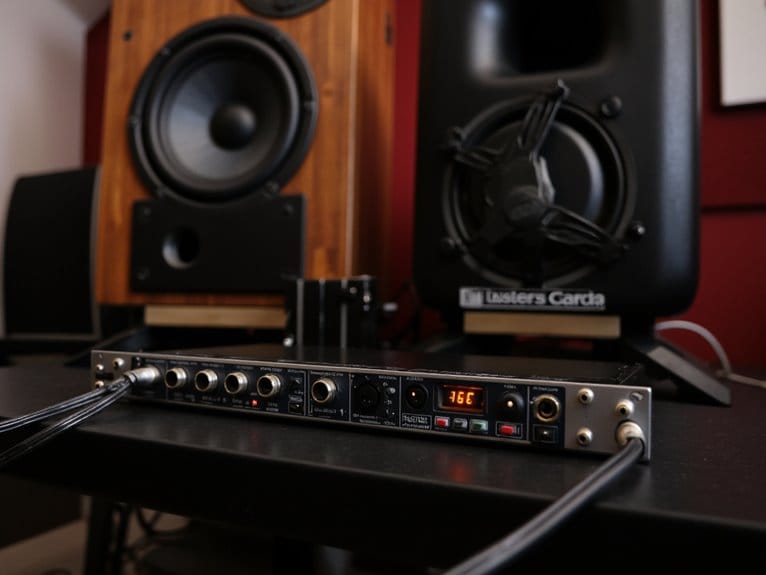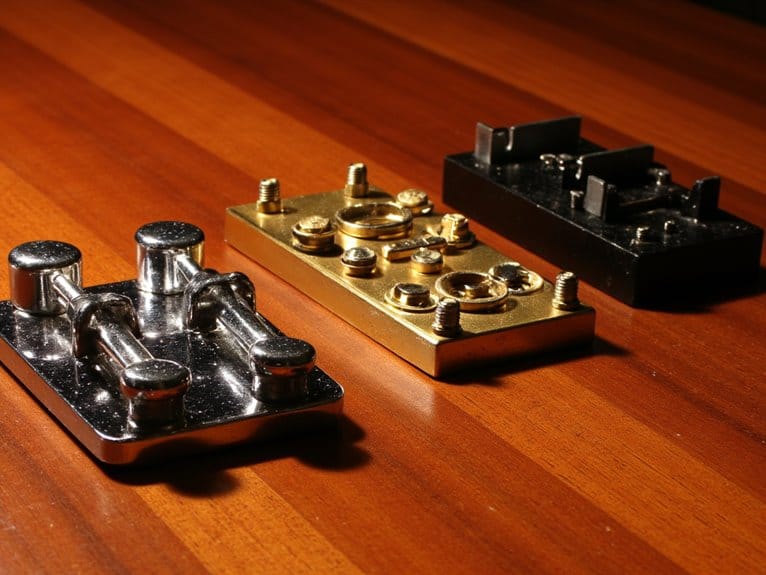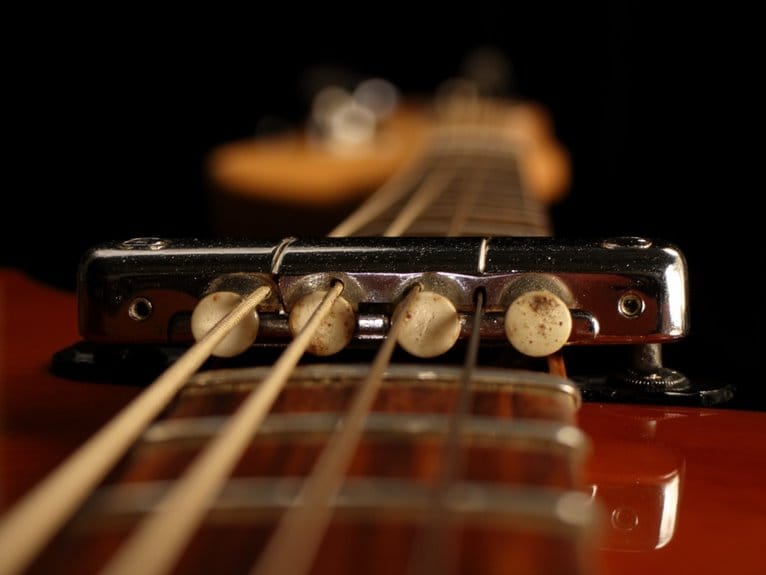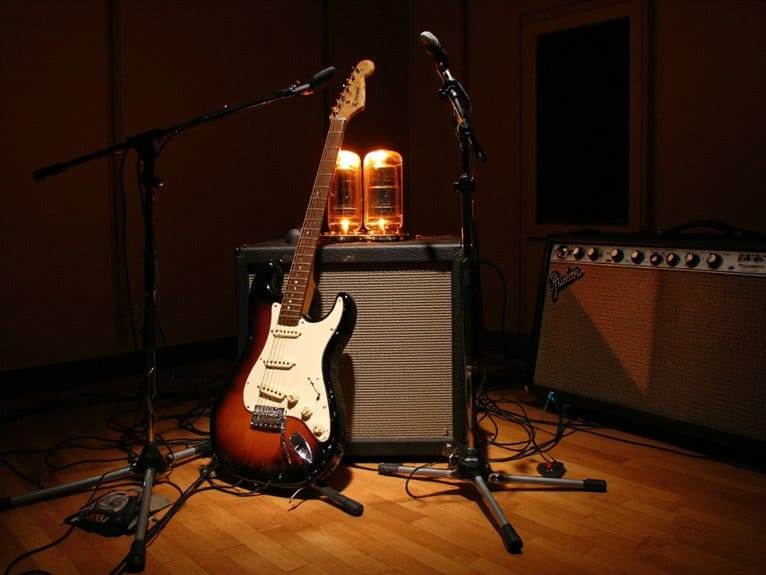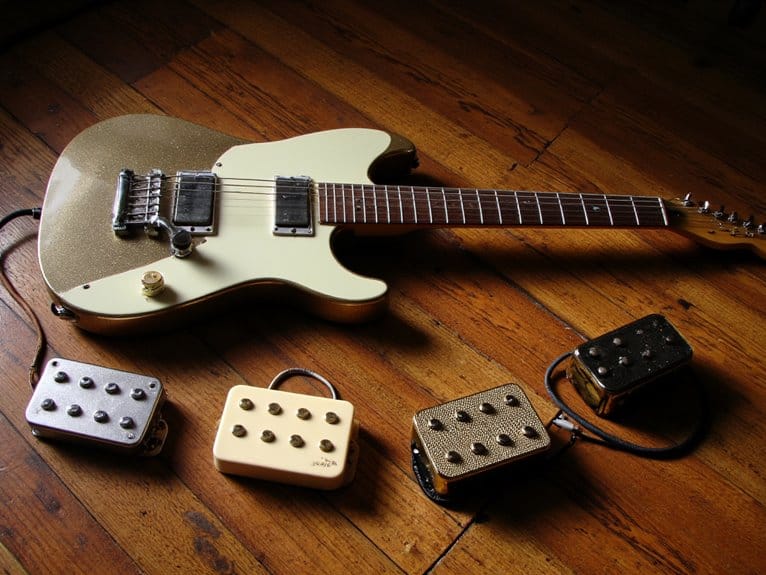What Is the Loudest Instrument Family?
Brass instruments, with their unapologetic blasts of sonic fury, unquestionably hold the title as the loudest instrument family. Capable of conveying an incredible dynamic range, they can produce an astonishing range of tonal colors. From the subtle whispers of a solo trumpet to the thunderous blasts of a full brass section, these instruments are unquestionably the loudest of them all. But, have you ever wondered what makes them so loud? Or how they compare to other instrument families with regard to sheer sonic potency?
We are supported by our audience. When you purchase through links on our site, we may earn an affiliate commission, at no extra cost for you. Learn more.
Brass Instruments Take Center Stage
Among the orchestra's diverse sections, brass instruments take center stage, boasting an unparalleled capacity for sonic bravado that commands attention and leaves a lasting impression, prompting the audience to plunge into the musical experience. The brass evolution has been a remarkable journey, with instruments like the trumpet undergoing significant transformations. Trumpet technique, in particular, has become an art form, with virtuosos mastering intricate fingerings and embouchure adjustments to produce an astonishing range of tonal colors. From the softest pianissimos to the loudest fortissimos, brass instruments are capable of conveying an incredible dynamic range, making them an essential component of any orchestra. With their bright, piercing sound, brass instruments are unquestionably the loudest instrument family, adding a crucial layer of depth and excitement to any musical performance.
Percussion's Thunderous Impact
Percussion instruments, aptly referred to as the 'rhythmic backbone' of the orchestra, explode onto the scene with a thunderous impact, injecting essence and raw energy into every performance. With a vast array of techniques at their disposal, percussionists can conjure up a whirlwind of sounds, from the subtle nuances of timpani rolls to the explosive crashes of cymbals. Drumming styles, such as rudimental and orchestral, require precision and control, while mallet instruments like the xylophone and marimba demand a more delicate touch. Whether it's the primal beat of the bass drum or the metallic clang of the triangle, percussion's thunderous impact is undeniable, adding depth, texture, and sheer sonic power to any musical ensemble.
Woodwinds Whisper or Wail
Five woodwind families, each with its distinctive timbre, tone, and technique, whisper sweet melodies or wail with unbridled ferocity, adding an unparalleled level of expressiveness to the orchestral tapestry. From the subtle nuances of the flute to the bold declarations of the saxophone, woodwinds showcase an astonishing range of dynamics. The reed resonance of clarinets and oboes imbues their sound with a rich, velvety texture, while the airflow dynamics of flutes and piccolos produce an airy lightness. Whether soaring to stratospheric heights or plumbing the depths of human emotion, woodwinds bring an unmatched level of agility and expressiveness to the orchestra, making them an indispensable component of the sonic landscape.
Strings Scream With Feedback
While woodwinds whisper sweet melodies, strings can scream with ear-shattering feedback, triggering a sonic fury that shatters the orchestral tranquility. Electric violins, in particular, are notorious for their ability to trigger a maelstrom of sound when their amplification systems go awry. Feedback loops can send the instrument's signal spiraling out of control, producing a cacophony that's more akin to a shrieking banshee than a harmonious melody.
Some of the most cringe-worthy feedback moments include:
- A violinist's misguided attempt to play a power chord
- A malfunctioning effects pedal causing the sound to oscillate wildly
- A rogue frequency resonating through the instrument's body
- A careless adjustment to the amplifier's gain knob
- A sound engineer's mistake in monitoring the instrument's levels
The Loudness of Low Frequencies
In the sonic underworld, low frequencies lurk, waiting to unfurl their potent fury, capable of rattling subwoofers and eardrums alike. As the frequency response drops, the sonic boom of low-end energy releases, creating an unparalleled auditory experience. The laws of physics dictate that longer wavelengths require more energy to produce the same sound pressure level as their higher-frequency counterparts. This means that low frequencies can pack a punch that's felt as much as it's heard. When the low end is cranked up, the room begins to vibrate, and the air is charged with an almost palpable energy. It's no wonder that bass-heavy instruments like the contrabass and tuba are often the loudest members of their respective families, capable of producing sound waves that can shake the very foundations of a concert hall.
Decibel Levels of Each Section
As we plunge into the loudest instrument family, a natural curiosity arises: what are the actual decibel levels produced by each section? The answer lies in the sound waves and frequency ranges emitted by each instrument. Here's a breakdown of the decibel levels you can expect from each section:
- Brass: 90-110 dB (think earplug-worthy trumpet blasts)
- Percussion: 100-120 dB (imagine the crash of cymbals or the boom of a bass drum)
- Woodwinds: 80-100 dB (picture the soaring melodies of a flute or the rich tones of a clarinet)
- Strings: 70-90 dB (envisage the gentle hum of a violin or the sonorous depth of a cello)
- Low End: 110-130 dB (think thunderous bass notes that rattle your very bones)
Orchestral Balance and Blending
Achieving orchestral balance and blending requires a delicate harmony between the loudest instrument family's disparate decibel levels, ensuring that each section's unique voice is heard without overwhelming the others. A successful blend is a symphony of contrasts, where the dynamic range of each section is expertly calibrated to create a rich sonic texture. The brassy fanfares of the trumpets, the mellow legato of the strings, and the percussive punctuations of the drums must all coexist in perfect harmony. It's a high-wire act of tonal balance, where the conductor must carefully adjust the volume knobs to create a cohesive sound that's greater than the sum of its parts. When done correctly, the result is a breathtaking sonic tapestry that envelops the listener in its majesty.
Acoustic Vs Electric Instruments
Tonal authenticity hangs precariously in the balance as the age-old debate between acoustic and electric instruments rages on, each camp championing its unique sonic virtues in the pursuit of orchestral perfection. The choice between these two instrument categories has a profound effect on the overall sound quality and tone of a performance.
- Instrument choices can make or break the authenticity of a musical piece, with acoustic instruments often evoking a sense of tradition and nostalgia.
- Electric instruments, on the other hand, offer unparalleled flexibility and versatility with regard to sound manipulation.
- Acoustic instruments tend to produce a warmer, more organic sound, while electric instruments can deliver a brighter, more aggressive tone.
- The right instrument choice can transform a performance from mediocre to mesmerizing, and vice versa.
- Ultimately, the decision between acoustic and electric instruments boils down to the desired sound quality and the artistic vision of the musician.
Venue and Space Considerations
In terms of selecting the loudest instrument family, the physical properties of the performance venue and available space can either amplify or undermine the sonic impact of the chosen instruments. A cavernous concert hall with reflective surfaces can turn even the most timid trombone into a sonic behemoth, while a cramped, soundproofed studio can muzzle even the most raucous rock band. Effective soundproofing strategies and a deep understanding of room acoustics are vital in maximizing the sonic potential of the loudest instrument family. By carefully considering the spatial dynamics, performers can harness the energy of the space to create an aural experience that's truly unforgettable.
Measuring Sound Pressure Levels
Sound pressure levels, the quantifiable metric of aural assault, are meticulously measured in decibels (dB) to provide a standardized benchmark for evaluating the sonic potency of the loudest instrument family. To accurately quantify these levels, sound meters are employed, but calibration challenges can arise, threatening the integrity of the measurements. For instance:
- Human error in microphone placement can lead to skewed readings
- Environmental factors like temperature and humidity can affect sound meter accuracy
- Calibration drift can occur over time, necessitating regular checks
- Instrument variability, such as differences in drumhead tension, can impact sound output
- Background noise can mask or distort the signal, leading to inaccurate readings

